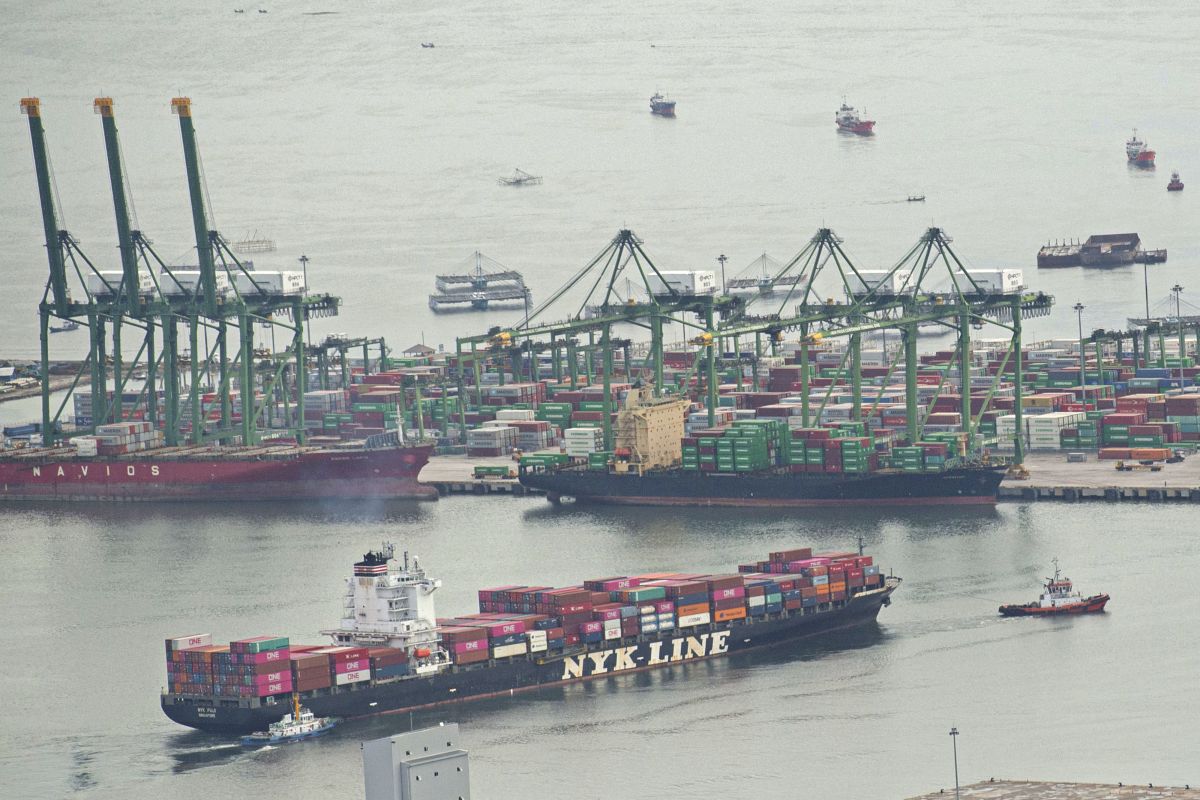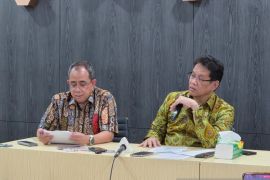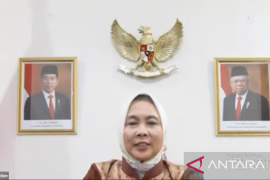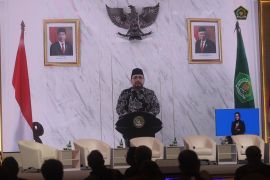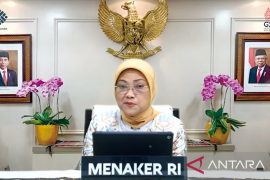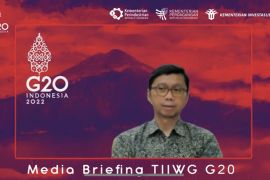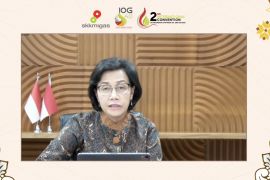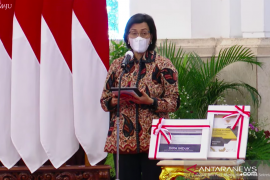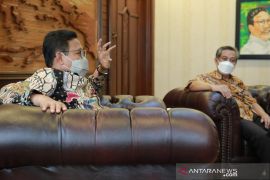Hence, it indicated that Indonesia’s trade balance in September 2021 had experienced a surplus of $4.37 billion. Thus, Indonesia recorded 17 months of trade balance surplus in a row, Head of BPS Margo Yuwono stated.
The biggest contributors to the surplus were the exports of mineral fuels, vegetable or animal oils and fats, as well as iron and steel. Meanwhile, the United States contributed the largest to the surplus, at $1.5 billion, followed by India, $718.6 million; and the Philippines, $713.9 million, he noted.
Commodities that made the largest contribution to the surplus with the US were clothing and accessories; India, mineral fuels and vegetable or animal oils and fats; and the Philippines, mineral fuels and vehicles along with its parts, Yuwono explained.
However, Indonesia's trade also experienced a deficit with several countries, the largest being with Australia, $529.7 million; Thailand, $346.8 million; and Ukraine, $247.2 million.
The deficit with Australia was attributed to the imports of mineral fuels and metal ore, silver, and ash, according to Yuwono. The deficit with Thailand was due to imports of plastic commodities and goods, machinery, mechanical equipment and its parts. The deficit with Ukraine was owing to the imports of cereals, iron, and steel, he noted.
Hence, Indonesia's trade balance during the January-September 2021 period recorded a $25.07-billion surplus, much higher than the previous years, the head of BPS stated.
During the same period in 2020, Indonesia's trade balance surplus had only reached $13.35 billion, while in 2019, it even recorded a deficit.
Related news: Target of 5.2% economic growth in 2022 achievable: economist
In addition, residents' activities at places of shopping and daily necessities recovered and increased in September 2021 from August when high-level Public Activity Restrictions (PPKM) were imposed amid the pandemic, he noted.
"If we look at the mobility of the population in last September at various places or during activities, it shows an improvement. People's activities in shopping and for daily needs have recovered," Margo noted during a virtual press conference here Friday.
Yuwono pointed to an improvement in community activities and mobility in various other public facilities, including mobility of the population in trade, retail, and recreation areas, the figure for which had improved to -1.9 percent.
"This is an improvement as compared to August when the figure was -12.4. It means that population mobility in trade and recreation areas had improved," he remarked.
Moreover, mobility in parks had improved, although not yet normal, with the figure in September 2021 being recorded at -7.9 percent.
Meanwhile, an improvement in mobility was also recorded at transit points.
He highlighted an improvement in mobility at work in September 2021, although the figure was still at -15.9, which means mobility of the population at work was not yet as per normal conditions.
The population mobility data was processed by BPS from Google Mobility, he noted.
Economic recovery
Trade Minister Muhammad Lutfi stated that the strengthening of Indonesia’s export and import performance indicates that the nation’s economy is recovering well.
During the period from January to August 2021, Indonesia's exports and imports recorded significant growth. The strengthening of trade performance shows that Indonesia's economy has recovered well, he remarked.
Export growth during the period reached 37.37 percent year-on-year, he noted. In addition, imports grew by 33.36 percent year-on-year, he stated.
Furthermore, Indonesia’s trade balance surplus in August 2021 reached $4.74 billion, an all-time-high, surpassing the previous record of $4.64 billion in December 2006, the minister remarked.
Moreover, the surplus trend has continued for 16 consecutive months since May 2020, he added.
"The surplus was gained from the monthly export value of $21.42 billion -- the highest record to date," he pointed out.
Related news: Intellectual property can boost national economic growth: ministry
Furthermore, the increase in exports of manufactured products, the rise in commodity prices, and the increasing demand from trading partner countries had contributed to the surplus, Lutfi explained.
"In the manufacturing sector, the highest month-on-month export growth was recorded in paper products by 19.61 percent; chemical products, 17.10 percent; and motor vehicles, 16.16 percent,” he added.
In addition, the exports of main commodities comprising crude palm oil, tin products, and metal ores increased by 61.60 percent, 56.29 percent, and 40.99 percent month-on-month, respectively, he remarked.
The surplus was also in line with the trend of the rise in commodity prices – for instance, the crude palm oil price increased by 55.8 percent, while the tin price soared by 72.7 percent, he informed.
Meanwhile, in connection with the demand, the minister deemed it important to take into account economic recovery in Indonesia’s main export destination countries, such as China.
Furthermore, the minister informed that China’s imports from Indonesia increased by 33.1 percent, India's imports grew by 51.5 percent, while Vietnam's imports rose by 21 percent year-on-year in August 2021.
The sustained economic growth and the COVID-19 pandemic being brought under control were testament to the government's work in policies and programs.
Although the nation’s economy is recovering well, strict COVID-19 handling measures should nonetheless be continued in order to avoid a third wave during this pandemic.
Related news: World Bank expects Indonesian economy to grow 3.7% in 2021
Editor: Rahmad Nasution
Copyright © ANTARA 2021
